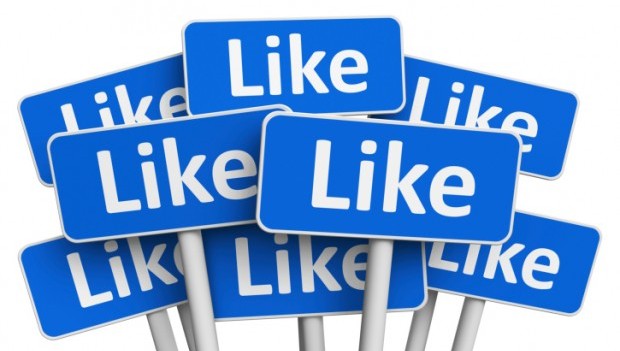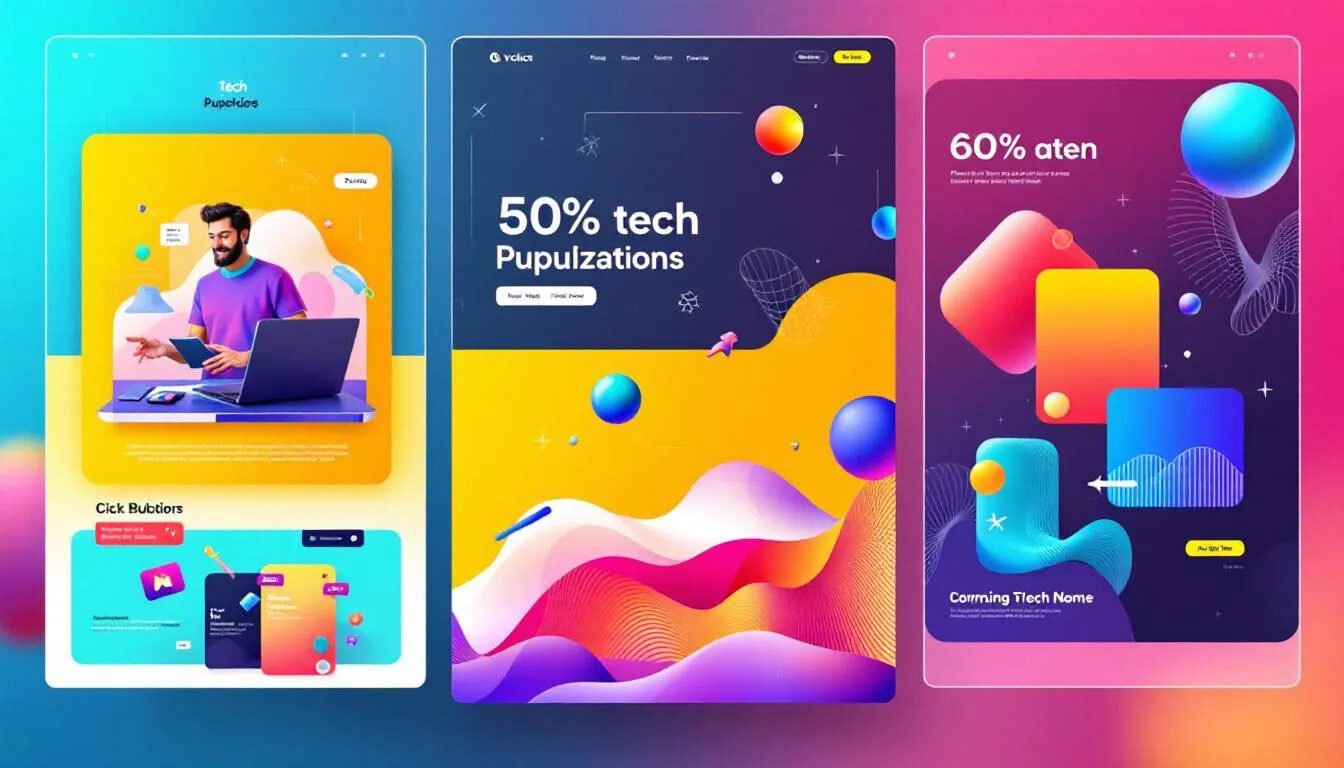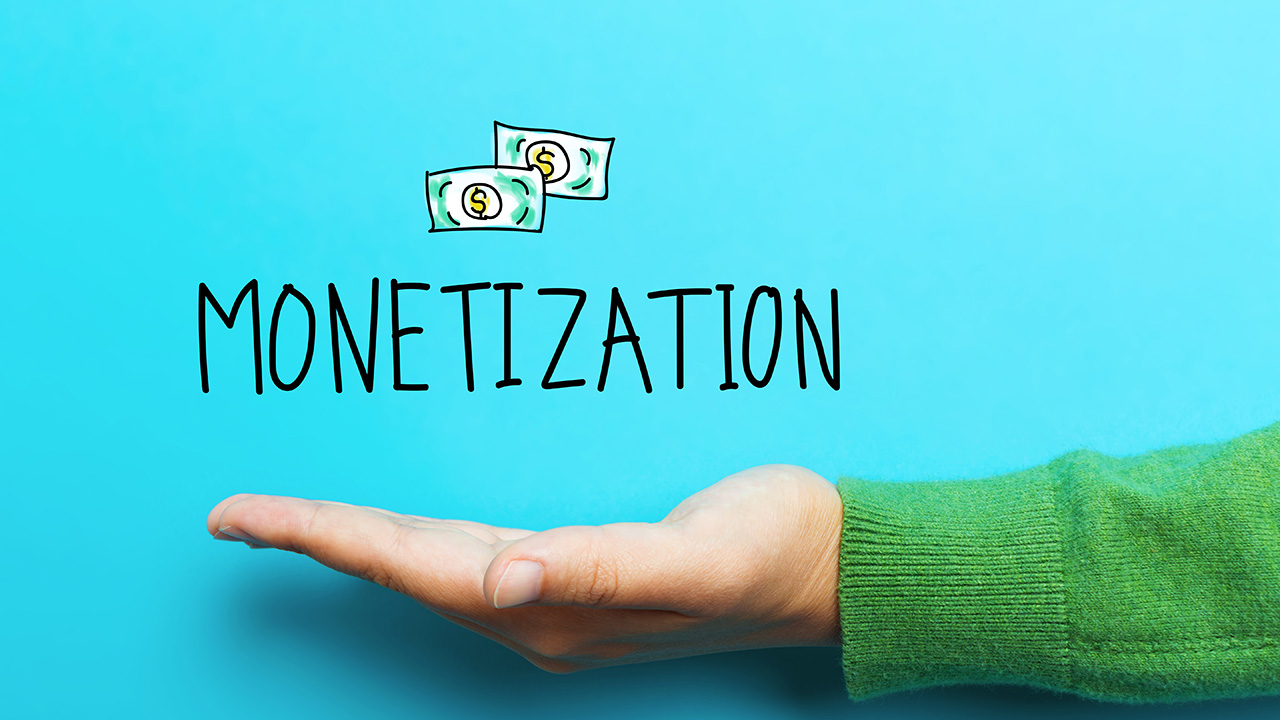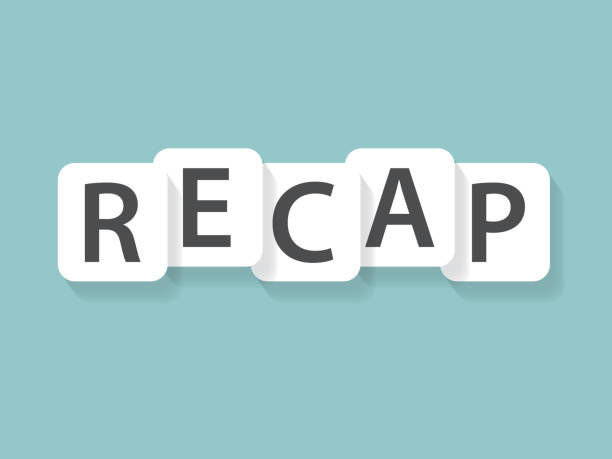
7 Key Steps to Facebook Growth
If your social media plan includes the goal of reaching more people with content marketing, maximizing your Facebook presence can be a good tactic. After all, your potential customers are likely already on Facebook, and those who ‘like’ your Facebook business page are more likely to see the content you post on there.
Lou Abramowski, CEO and founder of Unbenchable, has a knack for helping businesses and brands increase their Facebook presence: with his help Jack Link’s Beef Jerky went from 9,000 to 1.2 million ikes, and the Renaissance Festival performer Twig the Fairy, whose Facebook page was born in March 2009, has since hit 260,000 likes.
What’s the key to that kind of growth on Facebook? Here’s a primer on Abramowski’s approach, in seven steps that you can apply.
Step #1: Identify your audience.
Determining the audience you want to target on Facebook can be difficult, especially if your business is very broad. Spend some time thinking about your dream client, or two to three types of people you’d want to reach. Determining their type of work, hobbies, and even demographics (such as age and gender) will guide your plan.
Step #2: Use a lot of photos
Facebook is a visual medium even though it’s not a photo site like Pinterest: posts with images tend to do well with a broad swathe of users. You can post interesting photos on their own, or pair images with text and memes that are trending.
Step #3: Time your posts right
Facebook now lets you schedule your posts in advance—previously marketers had to rely on third-party apps to do that. For marketers who take Abramowski’s advice about images that’s a godsend, allowing them to hunt down a week’s worth of cool photos all at once. Abramowski blocks out an hour each week per page and gathers 20 to 30 images at a time.
Posting at the right time of day can be important, helping your content get seen on Facebook when people are active but competition for their eyeballs is lower.
“Make sure to post them when traffic is attentive and not competitive,” Abramowski says.
The best times to publish, says Abramowski, are early in the morning before regular users start to post to their feeds (“sometimes publishing at 6AM will get you traction all day”), right before lunch, early evening and just before bedtime.
Although Abramowski doesn’t manage Twig the Fairy’s Facebook page day-to-day, the page pages uses images extensively. Software startup Otterology, an inventory system that works with Square, also includes images relevant to small business owners on their Facebook page. Some examples from Lou’s own projects: I want to go to there, a destination page with close to 70,000 likes.
Step #4: Vary your content
Make sure to share more than images on your Facebook page. Consider including funny or inspiring quotes, and links to relevant articles in your industry. Freshbooks is an example of a business that keeps their feed current.
Step #5: Spend a little dough on advertising
Abramowski recommends spending a dollar a day on Facebook advertising campaigns for your page, letting the social network do the hard work of acquiring more fans. “Facebook is generally going to do a pretty good job of finding people that are interested in your page,” says Abramowski. Just go to the advertising page on Facebook, which will ask you what type of results you want for your ads. One option is “get page likes to grow your audience and build your brand.” The Facebook ads manager lets you easily target demographics such as gender or age. You’ll be charged for each person who sees your ad, and Abramowski believes a dollar a day is enough to get results. Just remember, you want people following you who are interested in your products or services, buying likes doesn’t guarantee engagement. You need to have quality content and an ongoing compelling value to keep them around.
Step #6: Promote only your best posts
If you’re trying to reach a specific audience that’s not easily targeted with Facebook advertising, Abramowski recommends paying to promote posts that appeal specifically to that crowd. Promoting also known as “boosting” a post begins at an affordable $5. The more you spend, the more people you reach.
Just make sure not to spend money promoting posts or images that don’t already have some traction. “If there’s no fire, don’t pour a gallon of gasoline on it because it’s not going to go anywhere,” Abramowski explains. Promoting posts that have already shown promise will yield better results.
Step #7: Find a way to monetize
If you’re not already drawing paying clients or customers to your business but accumulating Facebook likes, consider trying to pre-sell a product or service to your Facebook audience to see if it’s interesting to them or not. “With pre-selling, if you don’t hit the target number, you don’t have to do anything,” Abramowski says, rather than go back to the drawing board.
Have any Facebook growth tips of your own? Share away in the comments.
This post contributed by guest author, Yael Grauer. Grauer is a Minneapolis-based freelance writer and editor. Find her online at Yaelwrites.com.
© 2014 – 2018, Contributing Author. All rights reserved.



